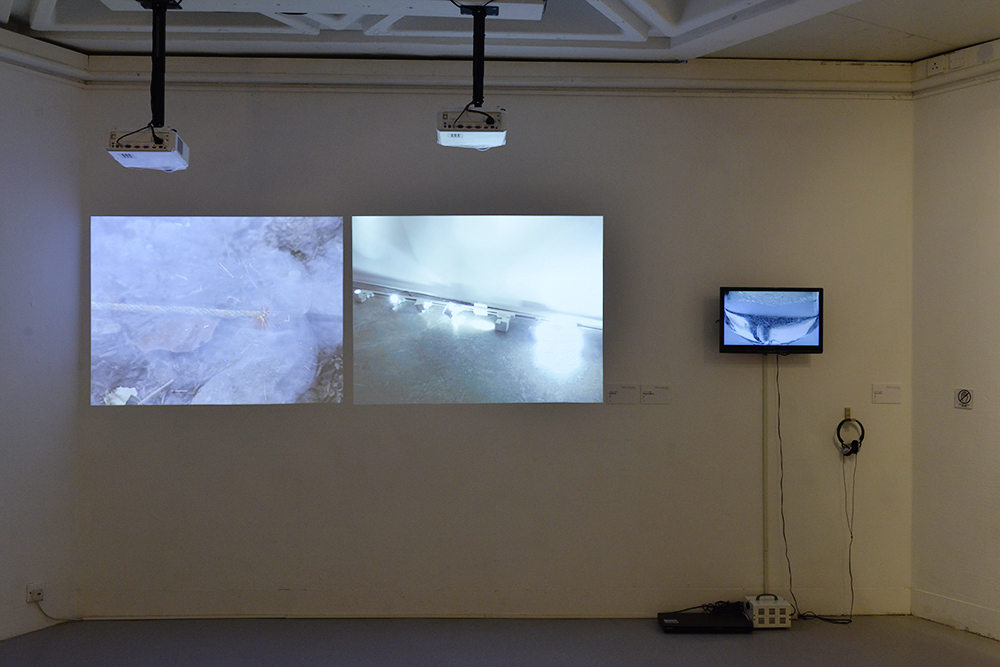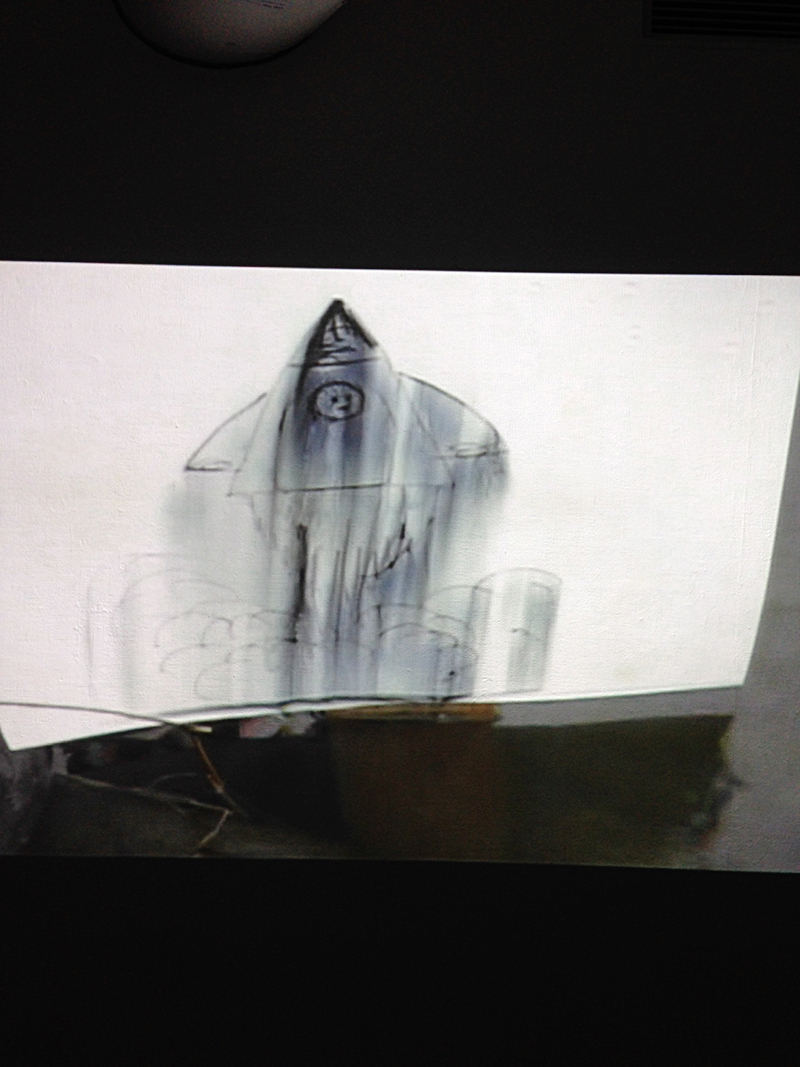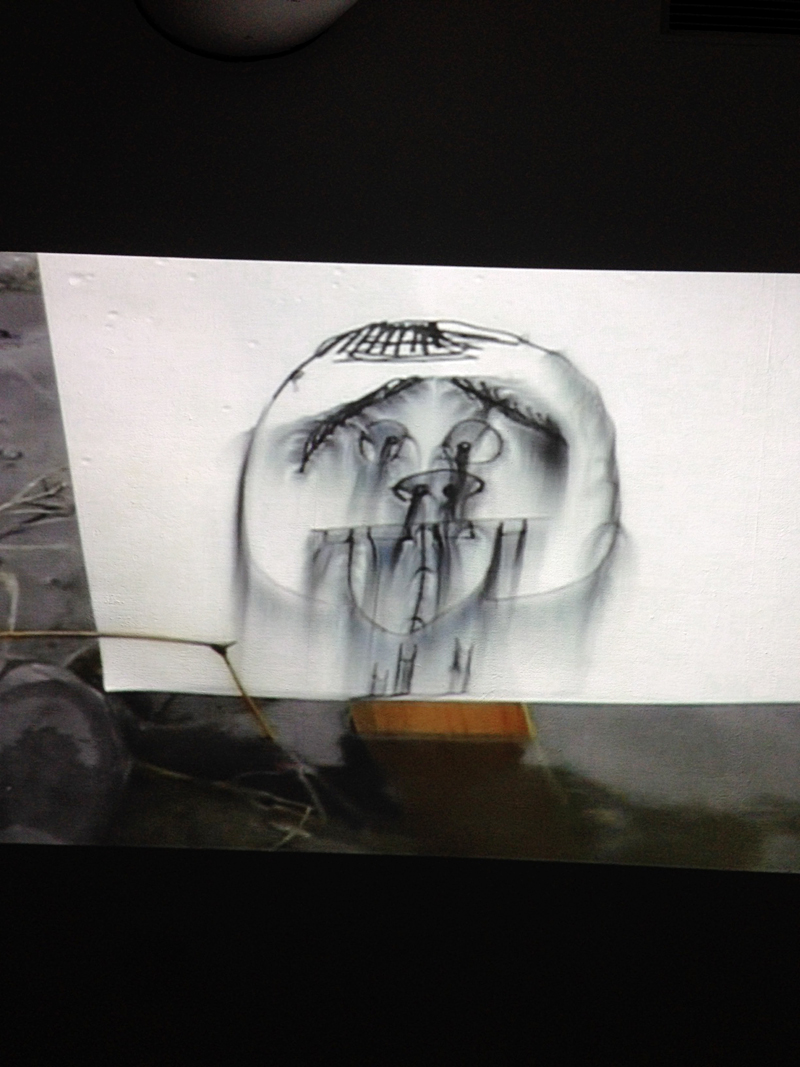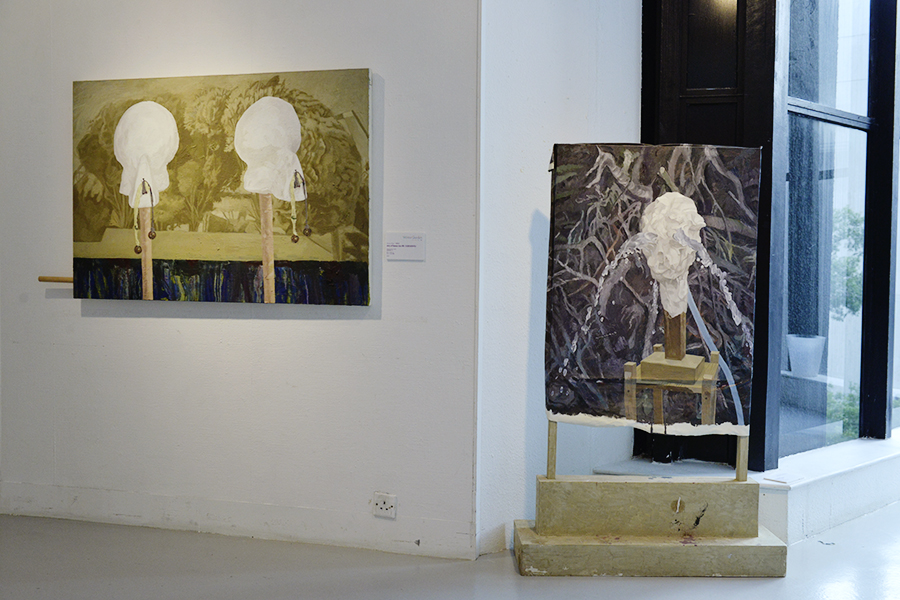Shows
“Winter Garden: The Exploration of the Micropop Imagination in Contemporary Japanese Art”


In 2007, Japanese art critic Midori Matsui coined the term “Micropop,” referring to an aesthetic movement that she ascribes to a certain group of Japanese artists born between 1968 and 1980. These artists’ rise to fame during the 1990s and early 2000s coincided with Japan’s “Lost Decade,” a period that saw radical decline in its national economy. According to Matsui’s 2007 manifesto, in addition to financial challenges that resulted from the “Lost Decade,” the Micropop artists were impacted by a series of major natural and social disasters during their formative years as young adults—among them the Kobe earthquake that killed nearly 6,500 people, and the Tokyo subway sarin attack that was carried out by the religious cult Aum Shinrikyo (now Aleph), which both took place in 1995.
It was as early as 1995 when Matsui observed a commonality among artists who were creating their work under such trying societal climates. These artists who utilized easily sourced, everyday materials, had an invigorated awareness toward details of the mundane and approached the world with childlike curiosity and playful exploration. Matsui first presented her artistic theory in the form of a 15-artist exhibition entitled “The Door into Summer: The Age of Micropop” (2007), held at Art Tower Mito in Japan, which included works such as Shimabuku’s The Chance to Recover Our Humanity (1995), featuring his photographs documenting the aftermath of the Kobe earthquake, and Animal Land 1 (2002), a whimsical line drawing by Ryoko Aoki depicting a bucolic landscape.
After “The Door into Summer,” Matsui continued to expand and fine-tune her definition of Micropop, re-contextualizing her theory against the rise of globalization in Japanese culture—a phenomenon that has led to a widening social gap between the rich and poor, and an influx of information becoming available through the internet. Today, Micropop artists continue to address the changes to Japan’s social fabric through their experimental practices, but now with a heightened concern toward nature and fostering interpersonal relationships within society. With this focal shift in mind, Matsui formulated her second Micropop exhibition—a continuation of “The Door into Summer”—called “Winter Garden: The Exploration of the Micropop Imagination in Contemporary Japanese Art.” Sponsored by the Japan Foundation, the exhibition debuted at Tokyo’s Hara Museum of Contemporary Art in 2009. It has since traveled to Malaysia and Taiwan and is now showing in Hong Kong, with its next stop in Beijing planned for the end of the year.


Featuring 35 works, including drawings, paintings and videos by 14 Japanese artists (many of whom also participated in “The Door into Summer”), the latest iteration of “Winter Garden” is spread across both floors of the Hong Kong Arts Centre's Pao Galleries. The varied display is organized via three thematic sections. The first category includes works that “embody the process of association triggered by insignificant details of everyday life, capturing the activities of the unconscious as the mechanism for random unification of images, which connects different elements beyond rational order.” Here in this section, we see Lyota Yagi’s Vinyl (2005–08), a plastic record player that is used to play a disc made from ice. Though the turntable has not been consistently in use during the exhibition’s run, an accompanying video shows how Yagi made the ice disc by pouring water into a silicone mold that has been etched on with grooves of an audio record. Once it freezes, the artist places the newly formed disc onto the recorder, which then plays sounds based on the grooves on the ice. In one instance, a disc on the turntable played the song “Moon River” (1962) and slowly, as the ice melted, the music became distorted. On another occasion, an ice disc simply played sounds of running water. In both variations, the emphasis on sound reminds listeners to hone in on their auditory experience and become more conscious of the different noises that surround them.

Koki Tanaka’s videos of the everyday are also included in the first section of the exhibition. In Cause is Effect (2005), a series of clips documenting random oddities—soap bubbles emerging from a bottle, a closeup view of boiling water, a transparent plastic umbrella blowing away in a field—show a playful appreciation of the banal aspects of life. Even in Turning the Lights On (2007), a five-minute video featuring people turning on lights in various spaces, Tanaka evokes a sense of appreciation toward the often overlooked technology of illumination.
The videos by Taro Izumi is one of the works that is representative of the exhibition’s second segment, which looks at the ways that Micropop artists appropriate Japanese subcultures (such as manga and anime) and other popular culture (including TV reportage and slapstick comedy) as a means of self-projection. However, Matsui’s concept and artwork selection for this section was ambiguous—much like their description in her curatorial statement, which characterizes the chosen works as representing “the internal myth of the artists, [capturing] the materiality of the performing body, or [revealing] a hidden truth about a place.” Izumi’s three exhibited videos are by far the most humorous and engaging works within this thematic category, as they illustrate a resistance to technological progress by focusing instead on childlike imagination. The video White Bear (2009) shows quirky pen doodles on paper—depicting spaceships, animals and an amusing buck-toothed figure, for instance—that are placed in a creek, and are splashed with water when a stone is thrown in. The rudimentary effect of the bleeding ink and the drawings slowly running down the paper is beguiling. In a similar manner, Izumi’s video Llama (2006) features illustrations of animals and people taken from a children’s encyclopedia, which the artist supplements with a voice-over of sounds that he associates with the each depicted creature.


Downstairs, visitors are introduced to the exhibition’s third and final segment, which examines how the environment is affected—both physically and psychologically—by “external phenomena.” Though what comprise these “external phenomena” is not clearly articulated, one could theorize by referring back to Matsui’s main curatorial premise, which attributes globalization as the driving influence behind the Micropop artworks of today. Seen in this context, Masaya Chiba’s un-stretched painting Crying Face (2008) can be seen as depicting a dystopian world, where a web of lifeless, twisted branches form the backdrop to an anonymous white bust that sits atop a wooden stand. Tears stream vigorously from the eyes of the bust, as though mourning a life lost. As if to redeem the sterility that has encroached our hyper-digitized world, Chiba has hung the un-stretched canvas onto a wooden platform, interrupting the illusionary imagery with a tactile object, to connect the work to our human sense of touch. The unabashed way that this painting is presented highlights how something that is unrefined can also be deemed as beautiful.

Matsui’s three-point Micropop theory is oftentimes convoluted and difficult to navigate. Nonetheless, it helps contextualize the works of the movement by looking at the influence that the artists gained from momentous events in recent Japanese history. Moreover, one could see how their focus on playful exploration of mundane materials, as presented in the first Micropop exhibition, evolved into “Winter Garden”—where artists turned inward to access their inner child as a means to challenge the dominant conventions of our society. From this perspective, the development of Matsui’s Micropop theory provides an enlightening reading into this distinct group of post-war Japanese artists.
“Winter Garden: The Exploration of the Micropop Imagination in Contemporary Japanese Art” is on view at the Hong Kong Arts Centre until August 30, 2015.
Sylvia Tsai is associate editor at ArtAsiaPacific.







